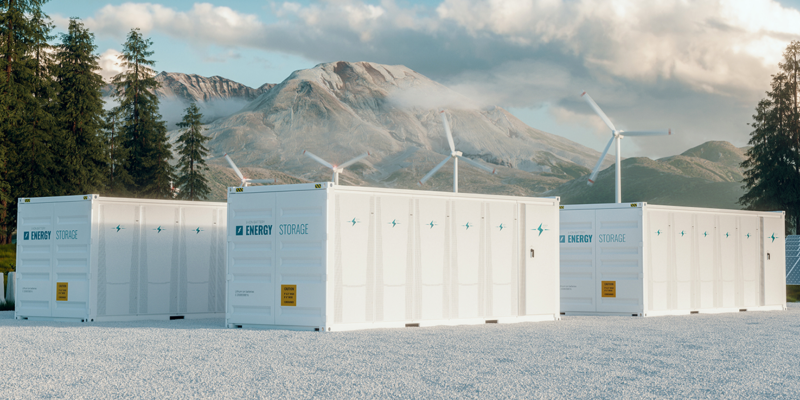Federal Tax Credits Recharge Battery Storage

Advancements in battery technology, favorable public policy and consumer interest have pushed battery storage into the limelight. Battery storage could change the game for intermittent renewable energy like solar and wind.
The rise in behind-the-meter battery storage options for households and small businesses is driven by solar rooftop or onsite panels. The batteries provide backup power for end users and can reduce the amount of energy consumed during peak hours.
“Along with small-scale residential and commercial use, we are seeing large-scale battery energy storage systems (BESS) being deployed across the country,” CFC Senior Analyst Alisha Pinto said. “The BESS are usually grid-facing and sometimes deployed as stand-alone systems as well as co-located with solar and wind.”
The most common battery storage technology being added to the grid is lithium-ion batteries that provide about 4 to 6 hours of storage capacity and 85% round-trip efficiency. Other technologies still in the early phases, or not yet commercial, are zinc-based batteries, iron-air batteries and sodium-ion batteries.
“Forecasts for 2024 by the U.S. Energy Information Administration, show that U.S. battery storage capacity is expected to double from last year to about 30 GW,” Pinto said. “Under the Inflation Reduction Act, standalone energy storage projects are eligible to receive the investment tax credits. The tax credit is driving rapid development of large-scale storage projects as well as retrofits to solar and wind projects.”
The states with the most growth are Texas and California, with Arizona and Nevada not far behind, according to S&P Capital IQ. Texas and California, together, will account for 82% of the new U.S. battery storage capacity additions. These states are also leading the country with the highest capacity additions of solar to the grid.
“The value of intermittent renewable energy resources is enhanced by battery storage. The storage projects can benefit from price arbitrage, wherein the battery is charged when there is excess electricity or when prices are low,” Pinto said. “Then discharged when prices are high or during peak hours. BESS also reduces risks from renewable energy projects by reducing curtailments when there is excess generation.”
Even with forecasted capacity growth, battery costs are expected to be relatively flat or stable over the next few years. Costs will be determined by mining resources and limitations, especially for lithium-ion batteries.
“If the emerging technologies can reach scale, then the playing field for this sector may change in the months and years to come,” Pinto concluded.
